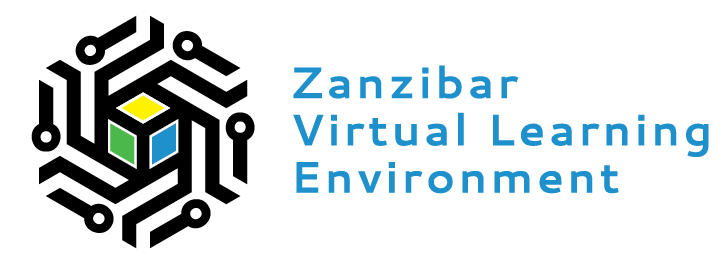More details
In this lesson you will learn about:
- The concept of magnetism
- Be able to identify magnetic and non-magnetic materials
- Identify properties and types of magnets
- Understand that metals can be magnetised and de-magnetised
- Understand that magnets have a magnetic field
- Understand that the Earth has a magnetic field


